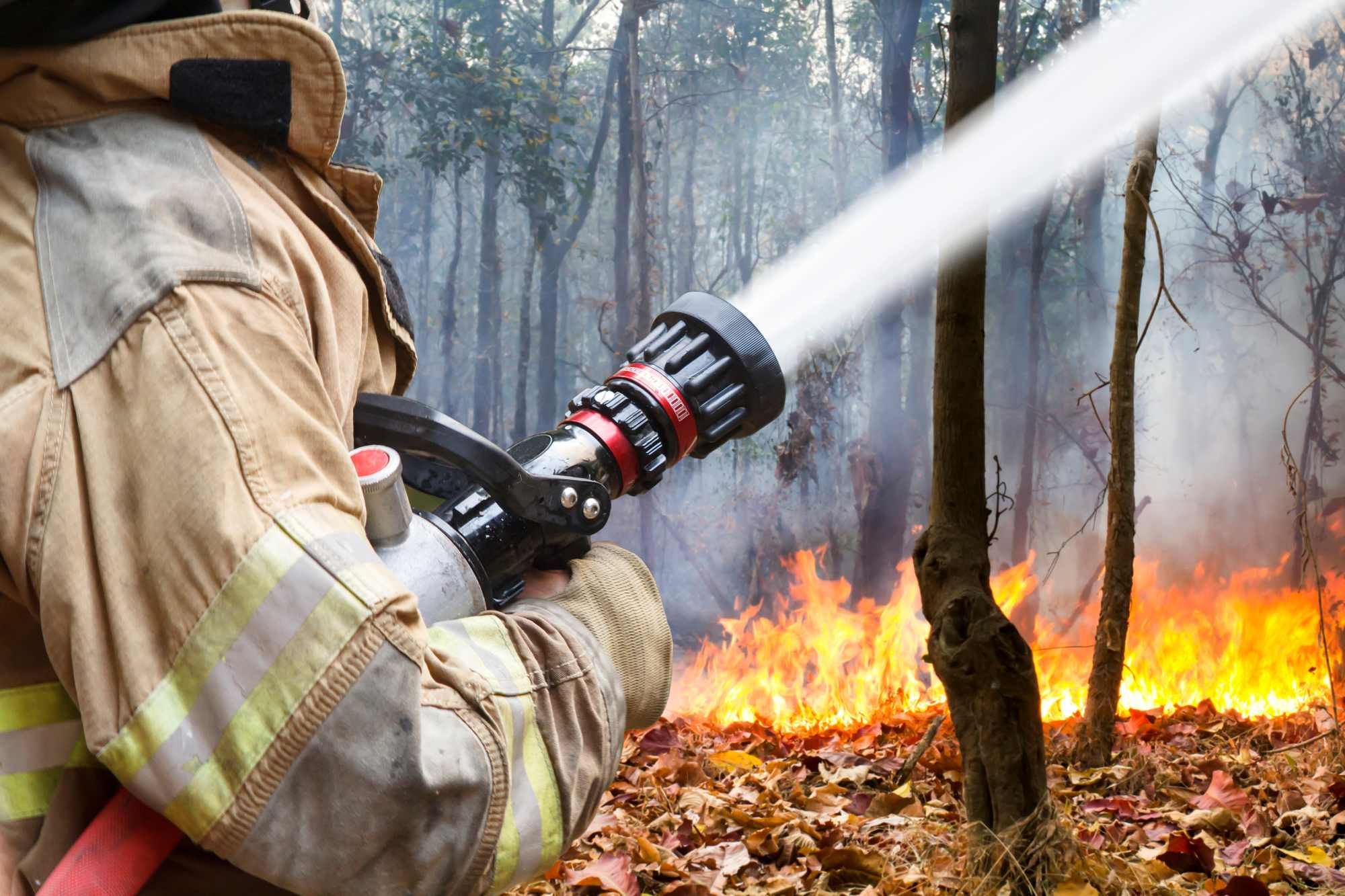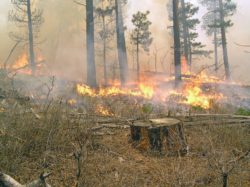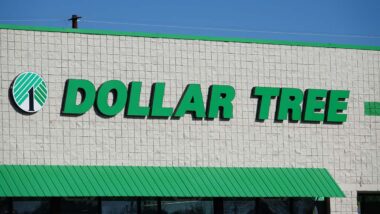Top Class Actions’s website and social media posts use affiliate links. If you make a purchase using such links, we may receive a commission, but it will not result in any additional charges to you. Please review our Affiliate Link Disclosure for more information.
California wildfire history can show us how these deadly natural disasters have evolved and how we can be proactive about preventing disastrous wildfires.
Top 10 Worst Fires
In recent years, California has been subject to increasingly destructive wildfires that have burned through hundreds of thousands of acres of land. Looking back through California wildfire history, the top ten most destructive fires in the state show that these devastating natural disasters are nothing new.
- Camp Fire: The Camp Fire burned through Butte County in November 2018. The fire burned through 153,336 acres, destroyed 18,804 structures, and killed 86 people.
- Tubbs Fire: The Tubbs Fire burned during October 2017 in both Napa and Sonoma Counties. In total, 36,807 acres were burned by the fire. 5,636 structures were destroyed by the fire and 22 people were killed.
- Tunnel Fire: The Tunnel Fire burned through Alameda County in October 1991. The fire burned only 1,600 acres – the fewest out of all the fires on this list – but destroyed 2,900 structures and killed 25 people.
- Cedar Fire: In October 2003, the Cedar Fire burned through 273,246 acres in San Diego County. A total of 2,820 structures were destroyed in this fire and 15 people were killed.
- Valley Fire: The Valley Fire burned through Lake, Napa, and Sonoma Counties in September 2015, consuming 76,067 acres. 1,955 structures were destroyed by this fire and 4 people died.
- Witch Fire: The Witch Fire burned during October 2007 in San Diego County. The fire destroyed 197,990 acres and 1,650 structures, in addition to killing 2 people.
- Woolsey Fire: The Woolsey Fire burned through Ventura County in November 2018, consuming 96,949 acres. The blaze ended up destroying 1,643 structures and killing 3 people.
- Carr Fire: In July 2018, the Carr Fire burned through Shasta and Trinity Counties – igniting 229,651 acres in the process. The fire destroyed a total of 1,614 structures and killed 8 people.
- Nuns Fire: The Nuns Fire blazed through Sonoma County in October 2017. In total, the fire consumed 54,382 acres and destroyed 1,355 structures. Three people were killed by the fire.
- Thomas Fire: The final fire on this list burned through Ventura and Santa Barbara Counties in December 2017. In total, the blaze consumed 281,893 acres, destroyed 1,063 structures, and killed 2 people.
Are the Wildfires Getting Worse?
As the list above indicates, many of the more destructive fires in California wildfire history have occurred in recent years. This poses the question: are wildfires getting worse? Unfortunately, the facts suggest that this is true.
Over the last four decades, there has been a significant increase of wildfires in the United States. Additionally, these fires have been more destructive.
According to BBC Future, only two years between 1980 and 1999 saw more than six million acres of U.S. wilderness burned by wildfires. In contrast, there were ten of these massively destructive years between 2000 and 2017.
In addition to the increase in the number and severity of wildfires, the length of the wildfire season has reportedly increased.
The wildfire season of an environment indicates the period of time that most wildfires burn in the area, based on the historic weather factors which make the fires more likely. Unfortunately, this period may be becoming longer.
While the fire season used to last around four months in the U.S., the USDA notes that a fire season now lasts between six to eight months. According to BBC Future, the global wildfire season length increased by nearly 19 percent between the years of 1978 to 2013. The 2020 fire season looks to be one of the worst, with COVID-19 complicating the fight.
Dealing With A Changing Climate
According to the Environmental Defense Fund (EDF), climate change is contributing to the increase in wildfire frequency and severity. Often times, California wildfire causes are linked to human activities such as cigarettes, campfires, or electrical lines. However, the EDF notes that hotter weather makes these tragic events more likely.
California’s current environmental factors, as well as California wildfire history, can give insight into what is likely coming down the pike in future years. Several elements already put California at risk for serious fires and, unfortunately, will likely play a role in coming wildfire seasons.
Already, climate change has taken its toll on California, making the state’s summers hotter and drier than they were historically. The state has just recovered from a six-year drought, which dried out a significant portion of California’s grasslands and forests. All dried vegetation can fuel fires, but California’s trees are particularly effective kindling.
In addition to drought, a damaging, migrating type of bark beetle has also claimed many of California’s trees. The Guardian explains that many dead trees lost to beetles and drought have yet to be removed, putting them at further risk of feeding a wildfire.
The state’s population boom is also to blame for the deadly wildfires, says The Guardian. The news source notes that people have increasingly moved to areas deemed at high risk for fires. Power lines and equipment can catch fire, as may have been the start of fires in the past blamed on PG&E. Like dead trees, human-built structures are also particularly good kindling. They tend to burn for longer periods of time than plant life, which can lead to fires spreading easily through communities of homes, businesses, and other structures.
While California’s authorities are trying to fight the fires as best they can, and implement solutions to decrease the severity of future wildfire seasons, they do have limited resources, which may impede their ability to fully grapple with the fires.
Although many California wildfire efforts aim to reduce the risk of fires by limiting human activity, these methods may not be sustainable. Instead, the EDF encourages us to look towards tackling the larger issue of climate change.
“We can keep spending an ever-rising amount of money to address devastating fires and other weather disasters that climate change makes worse — or we can work together to slow and eventually stop the greenhouse gas emissions warming our planet,” the EDF argues.
In addition to the increased heat and drought that may lead to ideal conditions for wildfires, utility companies are also partly to blame for these blazes. California utility company Pacific Gas & Electric has been found to be responsible for causing a number of the destructive fires over the past several years, including the deadly Camp Fire.
According to an investigation into the company, many of the towers and lines owned by PG&E are very old, or in a state of disrepair. Although the expected life of an electrical tower is 65 years, the average age of towers owned by PG&E was 68 in 2017. Some towers were estimated to be more than 100 years old.
Investigations into PG&E’s maintenance policies additionally revealed that the company had cut corners by doing inspections on towers from the ground and the air, rather than hiring inspectors to climb each individual tower. Inspectors for PG&E have allegedly not physically climbed one of the company’s towers since 2001. This failure to ensure that the towers and lines were in good working order may have led to countless blazes in California wildfire history.
When utility towers are not inspected, and brush is not cleared from around the towers and lines, they increase fire risk. Electrical equipment may let off sparks. Although these sparks may be small, if they come into contact with dry vegetation they may be capable of growing into massive wildfires.
Following the reveal that PG&E was responsible for the Camp Fire, the utilities company has vowed to conduct massive brush clearing efforts in California, as well as conducting routine maintenance on towers and lines that are in states of disrepair. Additionally, many victims of the fires have filed lawsuits against the company, seeking compensation for injuries, pain and suffering, and damage to homes, outbuildings, fences, landscaping, and other property.
Join a Free California Wildfire Property Damage Lawsuit Investigation
If you or a loved one suffered property damage in the Camp Fire, Woolsey Fire, Hill Fire or last year’s Thomas Fire, legal help is available to help you through the claim process with your insurance company.
This article is not legal advice. It is presented
for informational purposes only.
ATTORNEY ADVERTISING
Top Class Actions is a Proud Member of the American Bar Association
LEGAL INFORMATION IS NOT LEGAL ADVICE
Top Class Actions Legal Statement
©2008 – 2024 Top Class Actions® LLC
Various Trademarks held by their respective owners
This website is not intended for viewing or usage by European Union citizens.
Get Help – It’s Free
Join a Free California Wildfire Property Damage Lawsuit Investigation
If you qualify, an attorney will contact you to discuss the details of your potential case at no charge to you.
PLEASE NOTE: If you want to participate in this investigation, it is imperative that you reply to the law firm if they call or email you. Failing to do so may result in you not getting signed up as a client or getting you dropped as a client.
E-mail any problems with this form to:
Questions@TopClassActions.com.
Oops! We could not locate your form.














